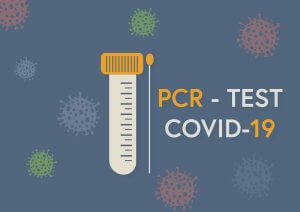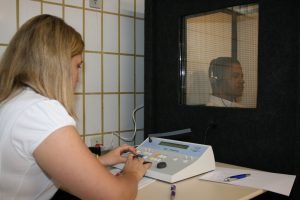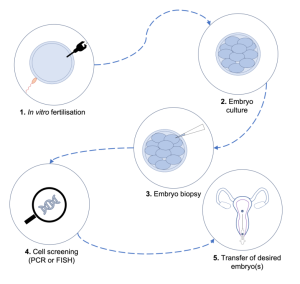Overview
Colonoscopy is a type of endoscopic exam, used to detect any abnormalities in the colon (large intestine) and the rectum. It is similar to other endoscopic techniques and a long, flexible tube fitted with a camera is inserted into the colon through the rectum. Your doctor can visualise the internal (luminal) view of your colon using the camera (inserted in the tip of the tube).
Colonoscopy is usually a painless procedure and your doctor may take tissue biopsies (a small part of your tissue) to examine or even remove small polyps if any. The most common use of colonoscopy is to screen people for colorectal cancer (cancer involving the large intestine or rectum). In this article, we will highlight some general information regarding colonoscopy including its indication and procedure.

Indications
Your doctor might prescribe a colonoscopy for a number of different symptoms or complaints. These may include:
- A large intestine or rectal bleed
- Screening and surveillance of colorectal cancer and polyps – this includes detection of colorectal cancer, familial adenomatous polyposis, inflammatory bowel disease along with surveillance after resection of cancer or polyps.
- Family history of GI cancer – if one or more of your relatives have had cancer diagnosed
- Acute and chronic diarrhea
- Excision of lesions i.e., removal of any scar tissue formed
- Treatment of colonic or rectal bleeding
- Colonic decompression – in some cases the bowel (intestine) can twist or form a knot and fixing this abnormality is called decompression.
- Foreign body removal
- Abnormal findings on radiological examination e.g., on CT scan or MRI
- Acute or chronic abdominal pain
- Preoperative and intraoperative localisation of colonic polyps and lesions
Risk Factors
As for most endoscopic procedures, colonoscopy poses little to no risks. Some rare complications associated with colonoscopy may include:
- Adverse effects of the anaesthetics or sedatives used for the preparation of colonoscopy
- Bleeding from the site of tissue biopsy or resection of any polyps and lesions
- Rarely it can produce a perforation in the intestinal wall
You should discuss the risks or complications of colonoscopy with your doctor after which you would need to sign a consent form.
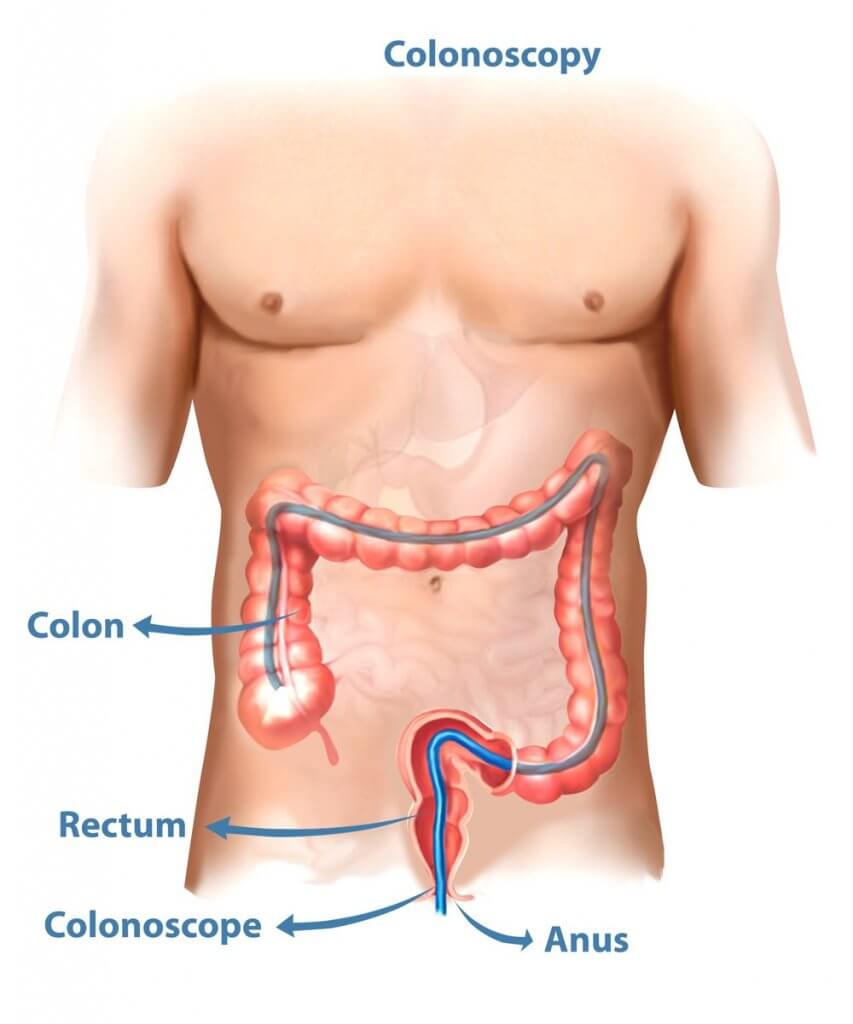
Preparation
Before getting a colonoscopy, it is essential to have an empty colon and rectum. Any residual mass can make it difficult to visualize the colon. In order to keep the intestinal tract, empty you might be asked to:
- Eat specific food a day or two before your examination – typically any solid food is avoided a day before the colonoscopy. Drinks should compromise plain water, tea, or coffee without any added milk or cream, broth, and soft drinks. You would also be avoided to have no intake after midnight till the procedure
- Use laxative – your doctor will typically recommend you to take a laxative the night before and the day of your colonoscopy
- Bowel prep – in case you can’t empty your intestines and rectum a bowel prep may be carried out. This is a physical procedure in which faeces is removed from your colon to ensure an empty colon. Your doctor may prescribe the use of an enema kit, but this is not usually recommended.
- Adjustment of medications – you might need to stop taking or alter the dose of medicines before your colonoscopy. You should tell your doctor about all the medications you take, especially drugs for hypertension, diabetes, or any blood thinners like aspirin.
Procedure
The colonoscopy is usually performed by a gastroenterologist and you should expect it to be a 30-60-minute-long procedure. You will have to change into a hospital gown and a sheet will be loosely wrapped around your whole body. The procedure goes as:
- The nurse or anaesthesiologist would administer intravenous (IV) pain killers or sedatives
- Your doctor will then do a digital rectal exam – the doctor puts lubricated fingers in your rectum and palpates the surrounding organs like your prostate or uterus.
The doctor will then insert the colonoscope in your rectum, moving it up to your colon. The video camera at the tip of the scope will help the doctor to visualise the colon. The tube along with the scope will also be used to pump air or carbon dioxide into your colon. This will keep the intestines inflated.
- You may feel discomfort or abdominal cramping during the insertion of the tube and pumping of air.
- Biopsies are taken or polyps are removed to assess for diseases. The tube allows inserting other instruments for therapeutic or diagnostic procedures.
- Treat any bleeding in the rectum or large intestine.
Patient Recovery
After the test, you would need about an hour to recover from the sedatives that are given during the procedure. You would need some attendant to take you back home as it usually takes a whole day to fully recover from the sedatives or anaesthesia given. You may also feel bloated or would want to defecate (use the bathroom) for a few hours after the examination.
In case, your doctor has removed a polyp or taken some tissue biopsy you might be prescribed take special diet for a couple of days.
You may also notice a small amount of blood when you pass faeces for the first time after the colonoscopy. This is not an alarming sign, however, if you continue to bleed you should inform your doctor immediately.
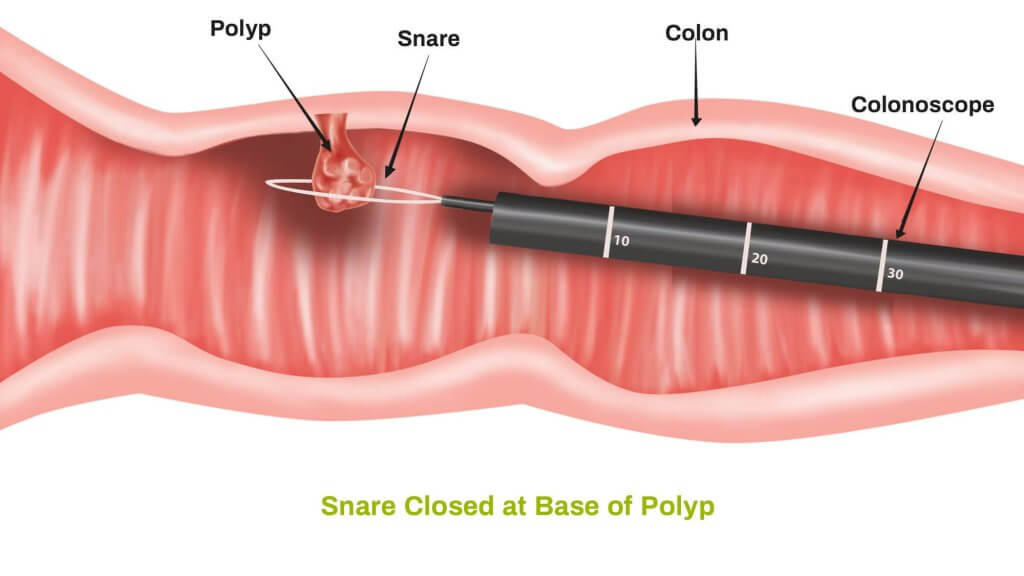
Outcome
Your doctor will present the results to you in the following ways:
Negative Result
This would mean that your doctor did not f find any abnormalities in your colon. You might be prescribed the following colonoscopy:
- In 10 years – if you’re at risk of developing colon cancer i.e., if you are old.
- In 5 years – if you have a history of polyps in the previous colonoscopies.
- In 1 year – if the colonoscopy was negative due to the presence of a residual stool in your colon which obstructed the examination.
Positive Result
A positive colonoscopy refers to the presence of any polyps or abnormal tissue in the colon. The polyps or any other abnormal tissue sample is taken for further pathological tests to determine the nature of polyps. The polyps may be benign (non-cancerous) or cancerous.
Depending on the number and nature of polyps you would be advised further colonoscopies or other examination like a virtual colonoscopy. A virtual colonoscopy refers to a low dose CT scan of the colon performed by a radiologist which checks for different masses or polyps present in your colon. A virtual colonoscopy is also performed when your doctor is unable to push the colonoscope completely through your colon.
Your physician or doctor might order more colonoscopies if you have:
- More than two polyps
- A polyp larger than 0.4 inches or 1 centimetre
- Polyps containing tissues that pose an increased risk of cancer
- Cancerous polyps
- Fowler GC, et al., eds. Colonoscopy. In: Pfenninger and Fowler’s Procedures for Primary Care. 4th ed. Elsevier; 2020. https://www.clinicalkey.com. Accessed April 8, 2020.
- Lee L, et al. Overview of colonoscopy in adults. https://www.uptodate.com/contents/search. Accessed Feb. 23, 2018.
- Colonoscopy. National Institute of Diabetes and Digestive and Kidney Diseases. https://www.niddk.nih.gov/health-information/diagnostic-tests/colonoscopy. Accessed Feb. 23, 2018.
- AskMayoExpert. Colorectal polyp surveillance (adult). Rochester, Minn.: Mayo Foundation for Medical Education and Research; 2017.
- AskMayoExpert. Screening recommendations (adult). Rochester, Minn.: Mayo Foundation for Medical Education and Research; 2017.
- Picco MF (expert opinion). Mayo Clinic, Jacksonville, Fla. March 15, 2018.
- Jigar Bhagatwala, Arpit Singhal, Summer Aldrugh, Muhammed
Sherid, Humberto Sifuentes and Subbaramiah Sridhar (December 2nd 2015). Colonoscopy — Indications and Contraindications, Screening for Colorectal Cancer with Colonoscopy, Rajunor Ettarh, IntechOpen, DOI: 10.5772/61097. Available from: https://www.intechopen.com/chapters/48954
The content shared in the Health Literacy Hub website is provided for informational purposes only and it is not intended to replace advice, diagnosis, or treatment offered by qualified medical professionals in your State or Country. Readers are encouraged to confirm the information provided with other sources, and to seek the advice of a qualified medical practitioner with any question they may have regarding their health. The Health Literacy Hub is not liable for any direct or indirect consequence arising from the application of the material provided.

